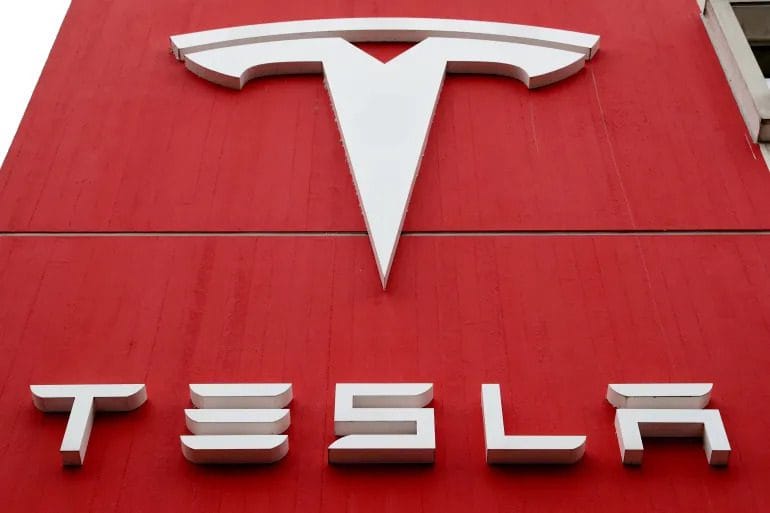🎧 Listen to This Article
Tesla’s Federal Tax Bill: Key Insights and Controversies
Tesla, the world’s most valuable automaker with a market capitalization exceeding $1 trillion, has come under scrutiny for its minimal federal income tax payments. Recent financial disclosures reveal that the company paid virtually no federal tax on $10.8 billion in U.S. income over the past three years.
Federal Tax Payments: The Numbers Behind Tesla’s Tax Strategy
Tesla’s latest annual financial report, released in January 2025, highlights the automaker’s tax strategy. Despite earning $2.3 billion in U.S. income in 2024, the company reported zero current federal income tax. The same pattern is evident across the past three years:
Tesla’s Current Federal Income Tax Rates (2022-2024)
| Year | U.S. Income | Current Federal Income Tax | Effective Tax Rate |
|---|---|---|---|
| 2022 | $5.5B | $0 | 0% |
| 2023 | $3.1B | $48M | 1.5% |
| 2024 | $2.3B | $0 | 0% |
| Total | $10.8B | $48M | 0.4% |
According to the Institute on Taxation and Economic Policy, Tesla’s overall tax rate for the three-year period stands at just 0.4%—a stark contrast to the statutory corporate tax rate of 21%.
How Tesla Reduced Its Tax Bill
Tesla leveraged multiple tax strategies to significantly reduce its federal income tax obligations. Key methods include:
1. Accelerated Depreciation
Tesla saved approximately $500 million in 2024 alone through accelerated depreciation, a provision that allows companies to deduct the cost of assets more quickly.
2. Stock Option Deductions
By utilizing tax breaks for executive stock options, Tesla reduced its tax liability by an additional $250 million.
3. Federal Tax Credits
The company benefited from $300 million in unspecified U.S. tax credits, further lowering its obligations.
4. Net Operating Loss Carryforwards
Tesla also used prior-year losses to offset current taxable income, though the exact impact on U.S. versus international income remains unclear.
Potential Future Tax Breaks for Tesla
Congress may grant Tesla even more tax advantages. A recent legislative proposal aims to reinstate full expensing for research and development (R&D) costs. If passed, this measure could retroactively save Tesla up to $2.4 billion in taxes.
Public & Legislative Reactions
Tesla’s tax practices have sparked debate among policymakers and financial analysts. While some argue that the company is simply utilizing legal tax incentives to drive innovation, others claim these tax breaks disproportionately benefit large corporations at the expense of public revenue.
How Does Tesla’s Tax Strategy Compare to Other Corporations?
Tesla’s tax rate is significantly lower than many U.S. corporations. By contrast, other major companies in the technology and automotive sectors have reported effective tax rates closer to 10-15%.
Key Takeaways for Businesses & Taxpayers
- Corporate tax strategies like accelerated depreciation and stock option deductions can drastically reduce tax liabilities.
- Legislative changes could further impact Tesla’s tax position, with potential new R&D tax breaks on the horizon.
- Public scrutiny of corporate tax payments is increasing, potentially leading to future regulatory adjustments.
Final Thoughts
Tesla’s ability to pay a 0.4% tax rate on $10.8 billion in U.S. income demonstrates the power of corporate tax planning. As lawmakers continue to assess potential reforms, the automaker’s tax strategies will remain a topic of debate in both financial and political circles.
For further details, clarification, contributions or any concerns regarding this article, please feel free to reach out to us at editorial@tax.news. We value your feedback and are committed to providing accurate and timely information. Please note that all inquiries will be handled in accordance with our privacy policy


Click here to open the standard version and post your comment.